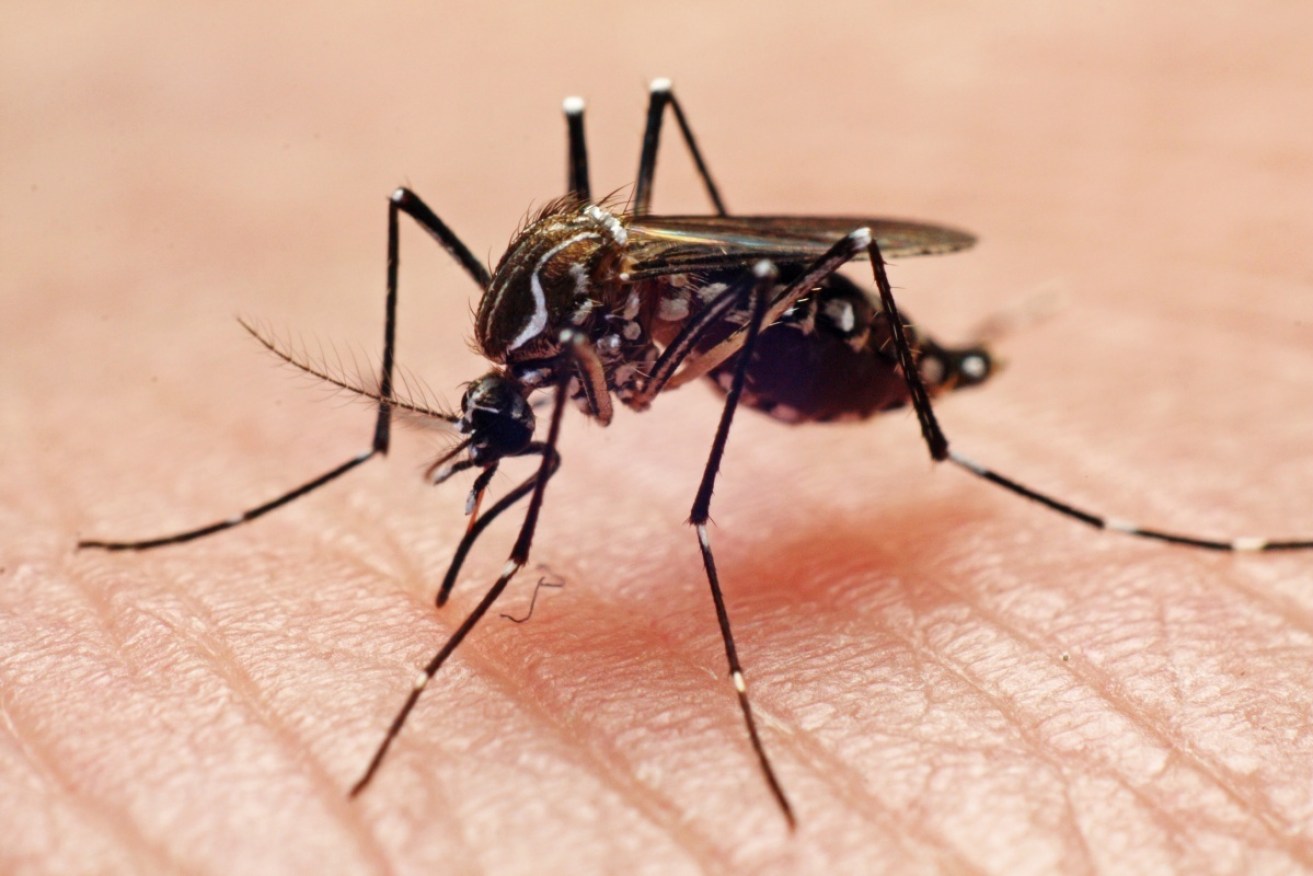Mysterious flesh-eating ulcer a ‘worsening epidemic’


What began as an innocuous mosquito bite rapidly erupted into a flesh-eating ulcer. Photo: Getty
In early March, Melbourne schoolboy Gus Charles, 12, woke with a mosquito bite on his knee. Tiny at first, “It got bigger and bigger then turned into a massive graze,” says his mother Sally Ralph-Charles.
Gus was taken to the GP three times, visited a hospital emergency department and saw a plastic surgeon before being diagnosed with mycobacterium ulcerans – a flesh-eating ulcer now plaguing Victoria in “epidemic” proportions.
“I think it’s urgent. We don’t have time to wait because the epidemic is doubling every year and people are majorly affected,” Geelong Hospital and Royal Melbourne Hospital infectious diseases expert associate professor Daniel O’Brien told The New Daily.
“The epidemic is worsening and it is a concern.”
Year six student Gus, a swimmer, was otherwise healthy when he was bitten and contracted the disease – also known as Bairnsdale or Buruli ulcer – on a trip to his family’s beach house at the Mornington Peninsula’s Sorrento.
Each time his mother took him to the doctor, she was told not to worry after swab tests came back negative.
Referred to a plastic surgeon, Gus was told he had minor cellulitis in his knee, and was advised to “keep on with your normal life,” said Ms Ralph Charles. But the wound continued to worsen.
But by June, Gus required a biopsy to clean out the dead skin, which found he had contracted Buruli ulcer.
And after three months of strenuous treatment including surgery, “massively strong antibiotics and steroids”, he still suffers from the ulcer today.
“His life has been pretty restricted. We try to be positive because we are positive people but it has probably wrecked our lives. He is very limited in what he can do as an active young boy,” Ms Ralph-Charles told The New Daily.
“He gets embarrassed and it bleeds a lot and he has to have bandages everywhere he goes because the slightest hit will make it weep and bleed, it constantly weeps anyway so he always has to change it and twice, three times a day.”
Buruli ulcer a ‘worsening epidemic’
Gus is just one of 159 recorded cases to contract Buruli ulcer this year, compared to 102 for the same period in 2016.
“The cases are rapidly increasing, we are nearly 50 per cent up on last year, and last year was already a record year by 70 per cent from the previous year,” Mr O’Brien said.
“It has rapidly increased over the last four to five years.
“It is sort of moving around and we don’t know where it will appear next.”
And as the number of cases continues to rise, it is largely unknown how the ulcer is contracted.
“There’s lots of theories but there’s no definite proof, so it’s very hard to put a halt to a worsening epidemic if you don’t actually know for sure how people are getting it in the first place,” Mr O’Brien said.
He said the theory is that the disease can be found in the soil and gets under your skin through an existing wound, or through a mosquito bite.
“We need urgent scientific, robust research that is funded appropriately, we need increased public health awareness and we need campaigns about the infection and what to do if you get it, and to use the best knowledge.”
A spokesperson from the Victorian Department of Health and Human Services told The New Daily the government is working with infectious diseases experts to assist GPs in identifying and diagnosing Buruli ulcer.
But according to Ms Ralph-Charles much more needs to be done to prevent other families experiencing the same thing.
“I would not want any other family to be affected by this because it ruins your life,” she said.
“I would not any family to go through what we’ve had to go through because people do not know, the GPs, the specialists didn’t diagnose it. We wasted a lot of time and energy trying to find out what it was because no one knows.”








